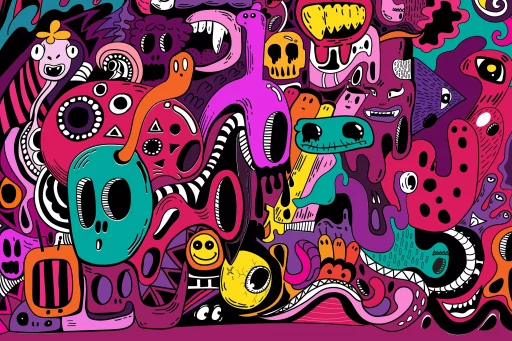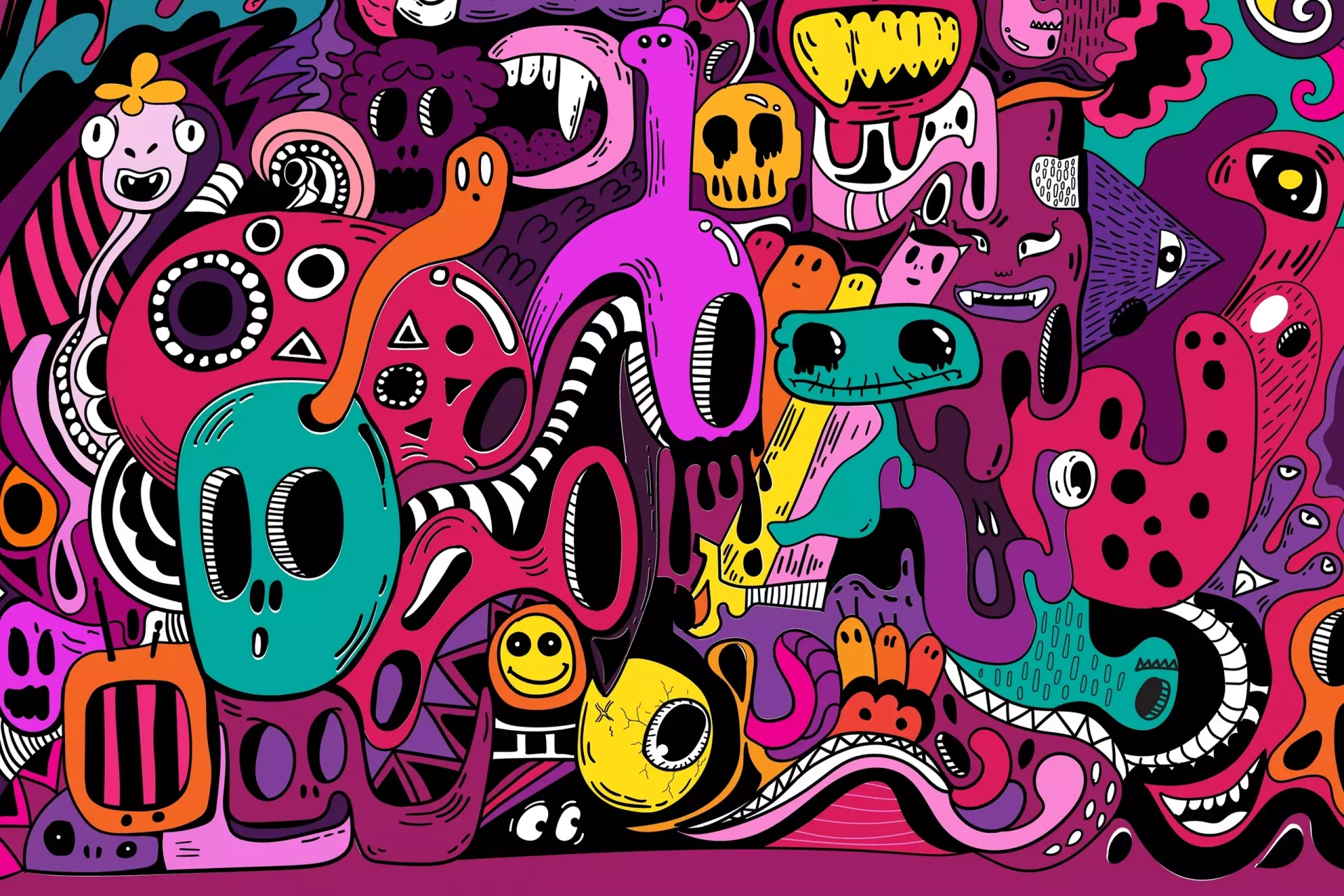Understanding Slang
Slang is a dynamic and evolving aspect of language that adds color and personality to communication. It often emerges within specific subcultures or communities, making it an important marker of identity. From the streets to the digital world, slang adapts to cultural shifts, societal trends, and advances in technology.
Types of Slang
-
Regional Slang
Regional slang refers to words or phrases that are specific to a particular geographic area. For instance, in the United States, someone might use the term “pop” to refer to soda in the Midwest, while in the South, “Coke” is often used generically for all sodas.
-
Social Media Slang
With the rise of social media platforms, new slang terms emerge rapidly. Acronyms like “LOL” (laugh out loud) and “BRB” (be right back) are commonly used in online conversations. Emojis, too, have taken on slang roles, acting as nuanced communicators of emotions.
-
Teen Slang
Teenagers are often at the forefront of creating and changing slang. Terms such as “lit” (exciting), “fam” (family or close friends), and “sick” (cool) are popular among youth and highlight their unique identity separate from older generations.
-
Academic and Professional Slang
Different professions often develop their own jargon or slang that may be difficult for outsiders to understand. Consider the medical field, where terms like “stat” (immediately) or “code blue” (medical emergency) are common, serving as efficient shorthand for specialized communication.
-
Ethnic and Cultural Slang
Slang can also emerge from specific cultural or ethnic communities, serving as a means of bonding and identifying among members. African American Vernacular English (AAVE) is an example where slang terms like “dope” (excellent) or “woke” (socially aware) have broader cultural significance.
Case Studies in Slang Evolution
Slang is not static; it evolves over time with society. For instance, the term “bad” has changed in connotation from its literal meaning to be used as a synonym for “good.” A study conducted by the Oxford English Dictionary found that many slang terms have a lifecycle: they emerge, gain popularity, and eventually fade away. The term “groovy,” for example, saw its peak in the 1960s and 1970s but is much less common today.
The Role of Slang in Pop Culture
Pop culture significantly influences the adoption and spread of slang. Movies, music, and internet trends all contribute to the vocabulary people use. The phrase “Netflix and chill,” for example, evolved from a simple invitation to watch a movie to a euphemism for casual sexual encounters. The growing popularity of hip-hop has also introduced numerous slang terms into mainstream language.
Statistics on Slang Usage
According to a 2022 study by the Linguistic Society of America:
- 78% of teenagers reported using slang in conversations.
- 66% of respondents acknowledged that social media influenced their choice of slang.
- 55% said they were embarrassed to use certain slang terms around older generations.
These statistics underscore the significance of slang as a tool of expression among younger demographics and highlight the generational gaps in language use.
Conclusion: The Importance of Slang
In summary, slang serves as a lively, ever-changing facet of language that captures the nuances of cultural and social identity. From regional phrases to teen-specific terms, slang enriches communication and fosters connection among individuals. As society continues to evolve, so too will the slang we use, reflecting the ongoing changes in our world.


